
The Thunder's Secret
By yue

04 Jul, 2023

Every so often, on dark and stormy days, a loud, crackling noise fills the sky. This sound is known as thunder and it is a powerful display of nature's might. But why does thunder happen? Well, let's find out.

Our story starts with something quite small - a tiny water droplet. When the sun heats the earth, water from oceans, lakes, and rivers evaporates, transforming into invisible water vapor.

This water vapor rises into the sky, forming clouds. When these clouds reach the colder regions of the sky, the water vapor cools down and condenses, forming tiny water droplets again.

Millions of these tiny water droplets combine and form a cloud. Now, this is where the real magic happens! When the cloud gets big enough and heavy enough, we get a rainstorm.

But rainstorms are not just water. Oh no, they are much more thrilling than that. You see, within the hustling bustling commotion of the storm, the tiny water droplets and ice particles start to bump into each other.

This bumping creates static electricity charges within the cloud. The positive charges tend to gather at the top of the cloud, and the negative charges huddle at the bottom.
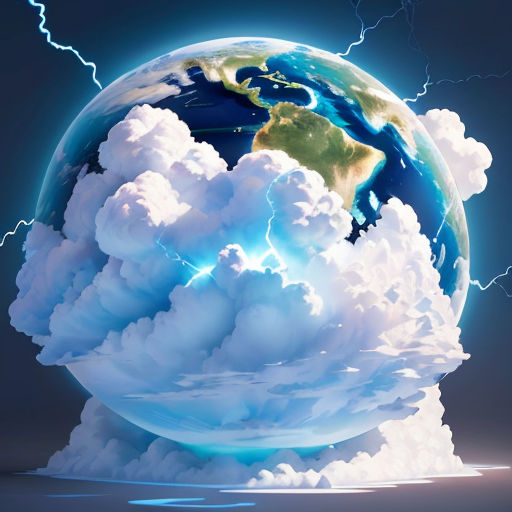
Now, the Earth is a massive ball of positive charges. So the negative charges at the bottom of the cloud are attracted to Earth's positive charges, creating an electric field.
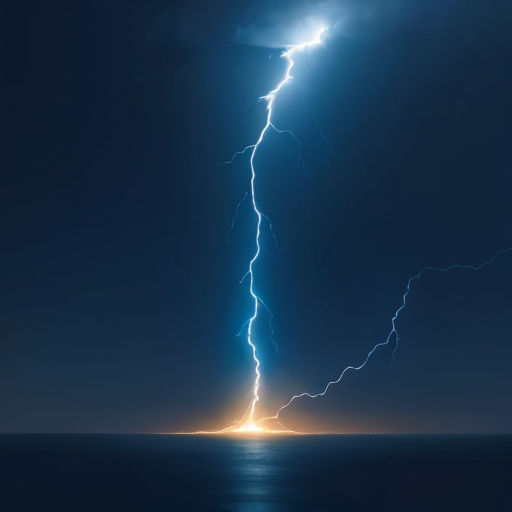
When the electric field becomes strong enough, it breaks through the air's resistance, creating a pathway for the electricity to move. This pathway is called a lightning bolt.
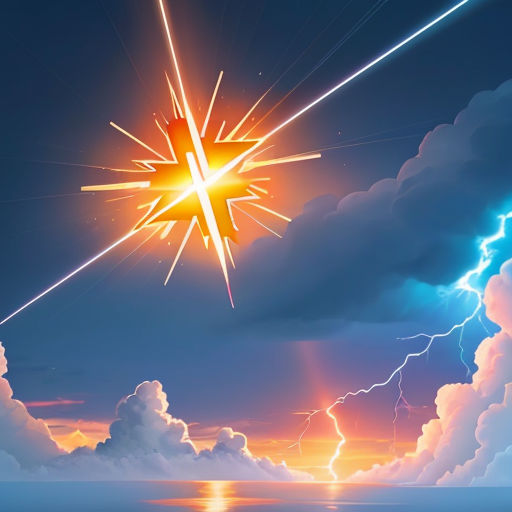
Lightning is extremely hot. How hot, you ask? It’s five times hotter than the surface of the sun! This extreme heat causes the surrounding air to expand rapidly and explosively.
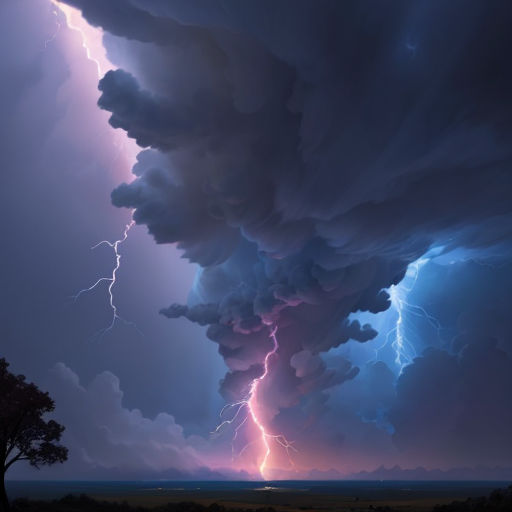
This sudden and rapid expansion of air creates a shock wave, which travels through the air, reaching our ears as a monumental, ground-shaking sound. This, my friends, is the thunderous sound we hear.
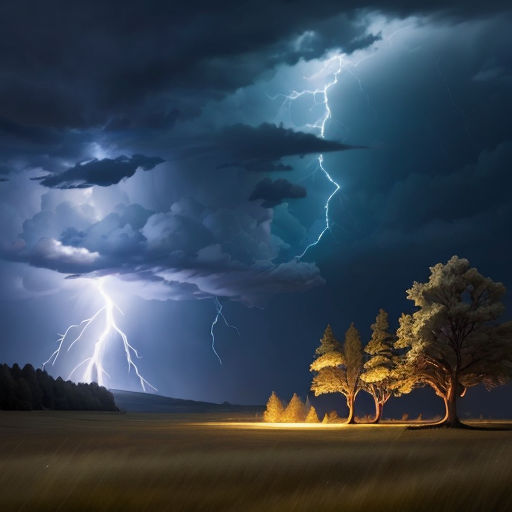
Lightning happens so quick, in less than a second, but the sound of thunder can last much longer. The rumbles can continue for several seconds, or even minutes, depending on the distance and nature of the lightning.
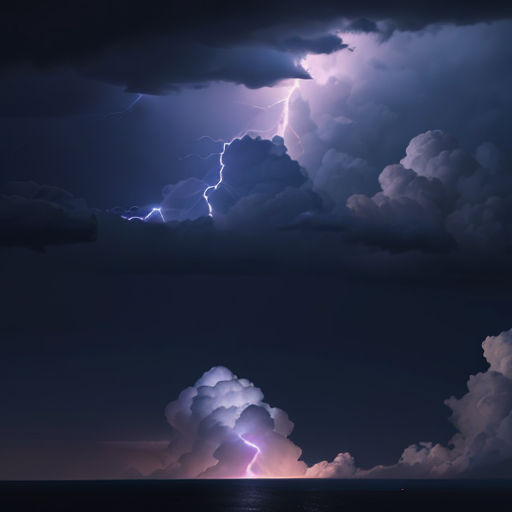
This is because sound travels slower than light. Therefore, we usually see the lightning flash before we hear the thunder. But remember, both are part of the same event.
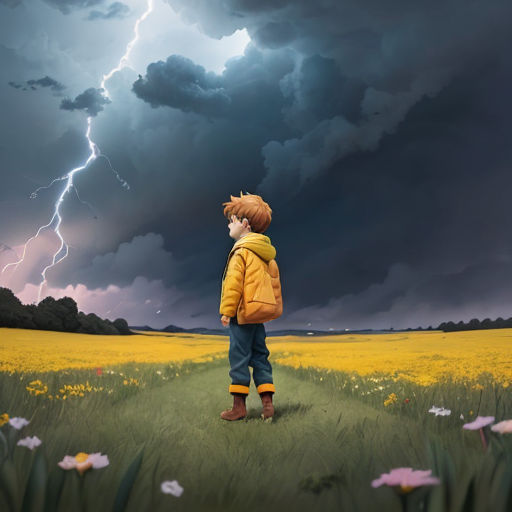
Next time when you see a storm approaching, watch carefully. Count the seconds between the lightning flash and the thunder.

Each second represents about 300 meters. So, if you count to five before you hear the thunder, the lightning strike was about 1.5 kilometers away.

Isn't it exciting to know how close you are to a lightning strike, just by counting the seconds between the flash and the thunder? But remember, if it's too close, it's essential to stay safe. Being indoors during a thunderstorm is the safest place to be.
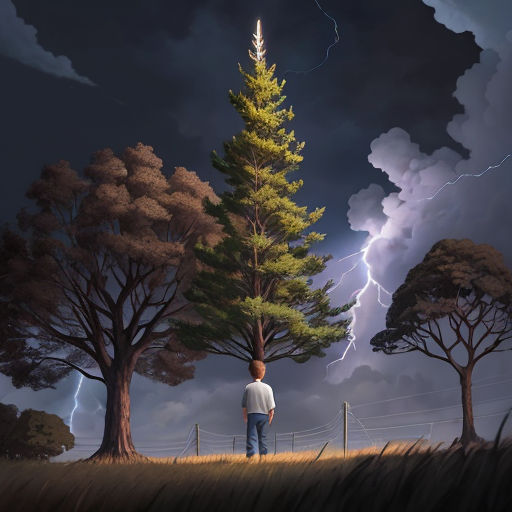
Speaking about safety, let's learn a bit more about lightning safety. If caught outside during a thunderstorm, it is advised to avoid tall trees and metal objects. These objects can act as a 'conductor' for the lightning to reach the ground.

Next, let's delve a little deeper into the science behind all this. An interesting thing about thunder is that it doesn’t just occur during rainstorms. Have you ever heard of a heat thunderstorm? These sometimes happen on hot summer days!
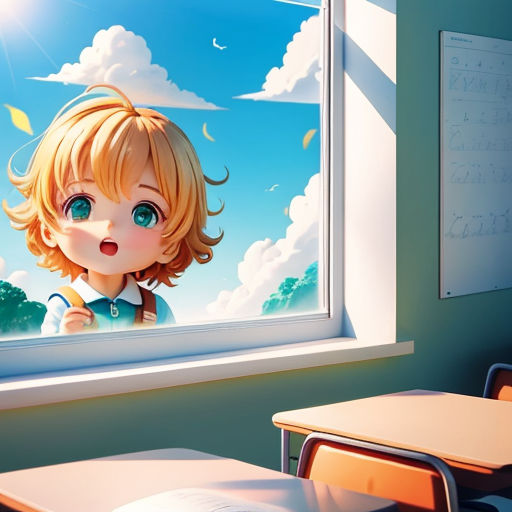
In a heat thunderstorm, the air close to the ground gets heated up by the sun. This hot air rises, carrying the water vapor along with it. When this water vapor cools down, it condenses, forming clouds. And if conditions are right, we get to hear the thunder.
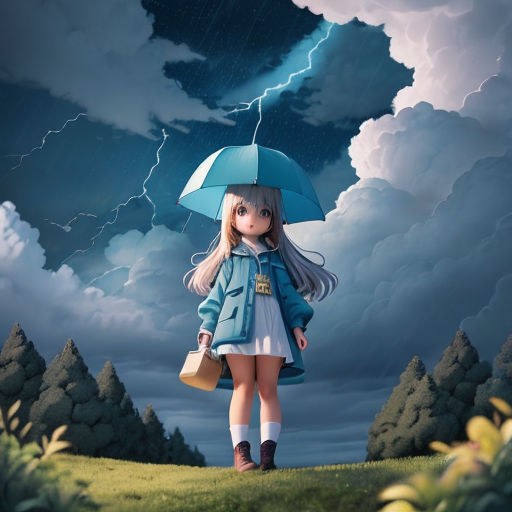
Our planet is a fascinating place, isn't it? There's so much to learn, so much to explore. Every time you hear thunder, remember the amazing process that led to it. It's a reminder of how powerful and astounding nature truly is.
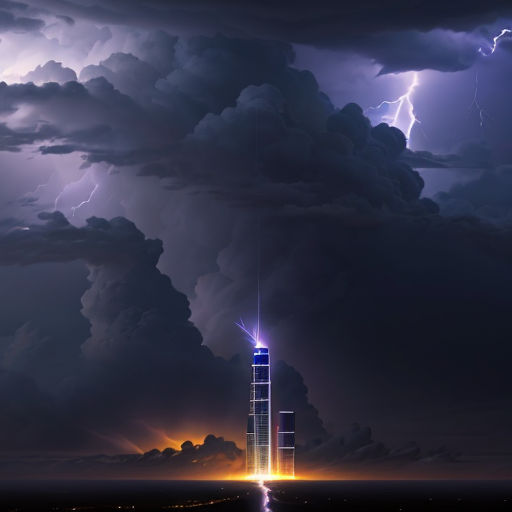
The entire process that results in thunder and lightning is an example of the enormous energy present in nature. This energy powers everything around us, from the smallest ant to the tallest skyscraper, and even us, humans!

But beyond answering the question, "Why does thunder happen?" we have also learned something more important. We've understood that even though nature can be powerful and at times, scary, it's essential for our survival.

So, the next time you hear the rolling sounds of thunder, remember the tiny water droplets, the static electricity, the super-hot lightning and the rapid expansion of air. Remember the intricate dance of nature that results in the thunderous sound we hear.
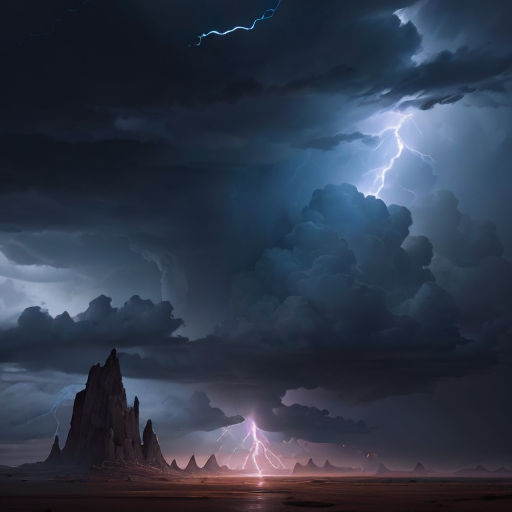
And remember not to fear it, but to revere it. For it is a spectacle of the awe-inspiring science and the magnificent power of nature. These are the elements that have created the world we live in and these incredible forces continue to shape our lives every day.
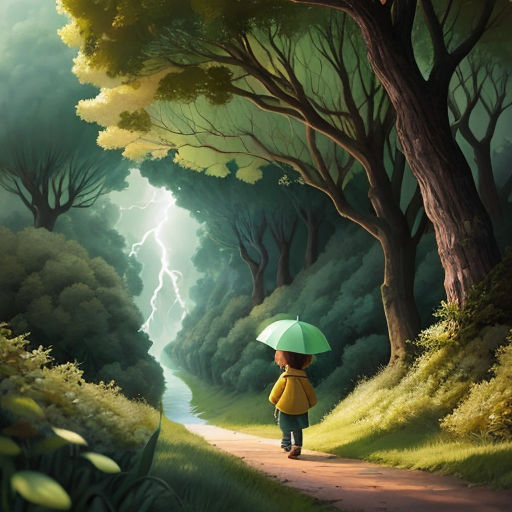
While thunderstorms might seem scary, they are just another way nature has of reminding us of its immense power and beauty. And now, you also have a story to share, about why thunder happens and the role it plays in nature's grand scheme.

So, let's respect nature and try to understand it better. Because understanding leads to appreciation, and when we appreciate something, we learn to care for it. And our beautiful planet definitely deserves our understanding, our appreciation, and our care.